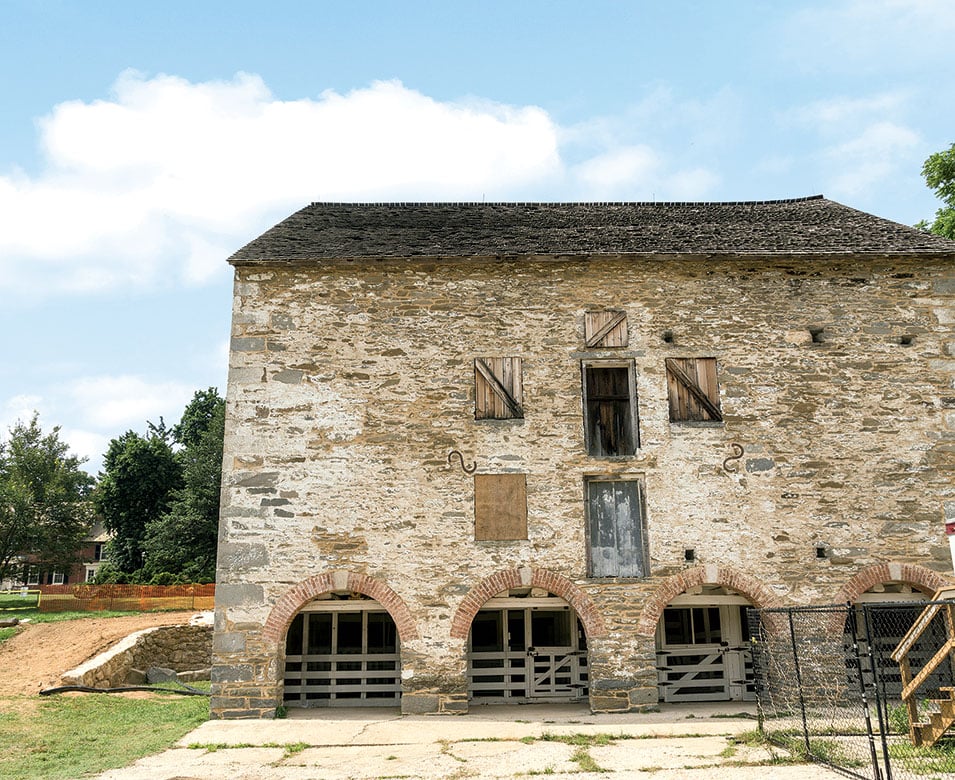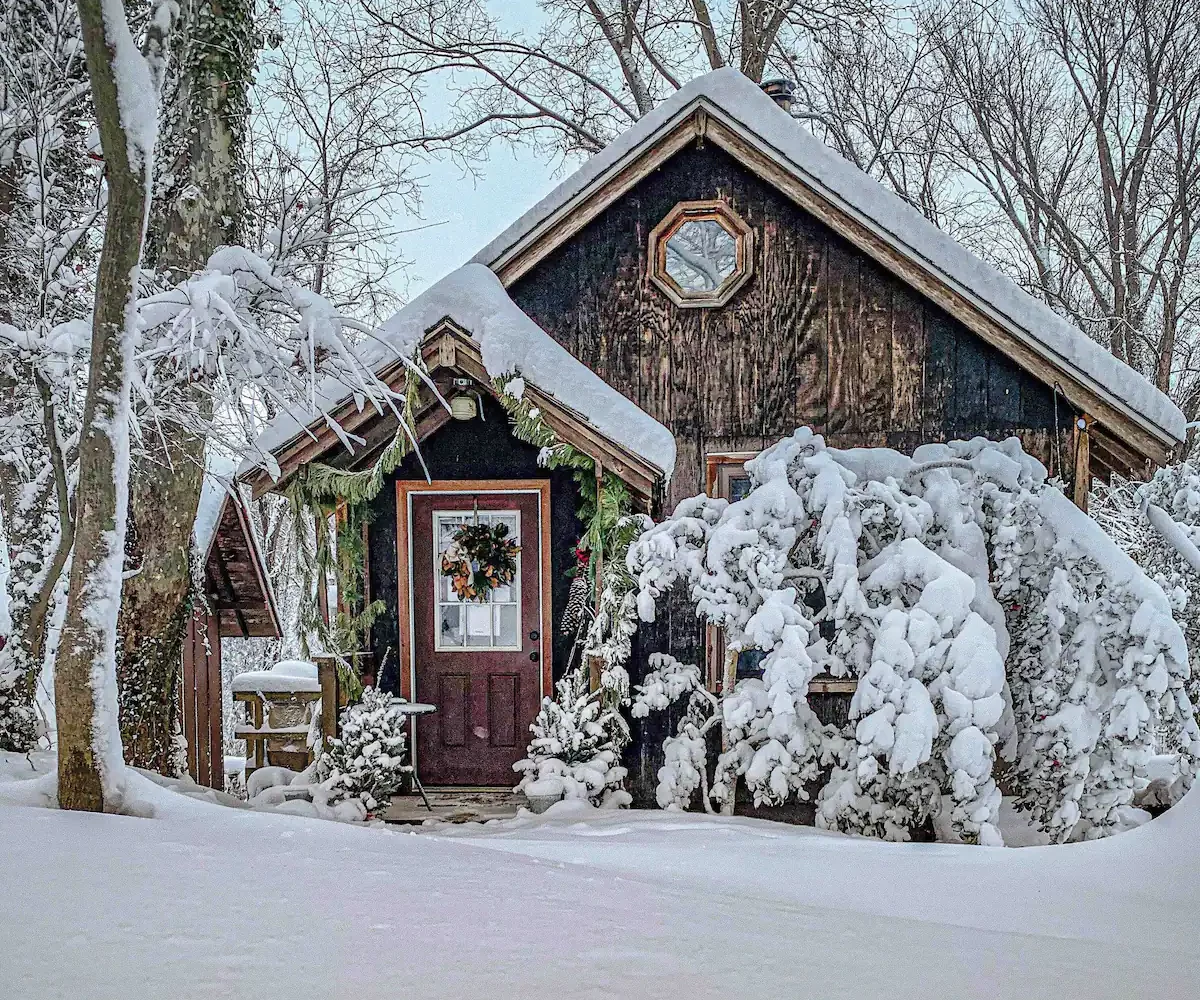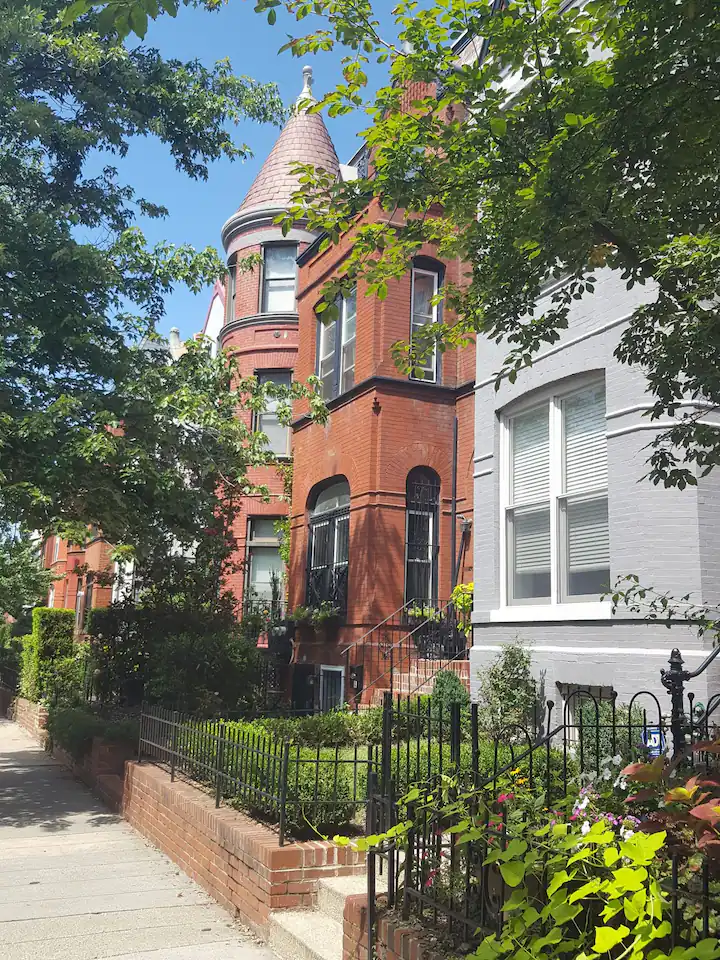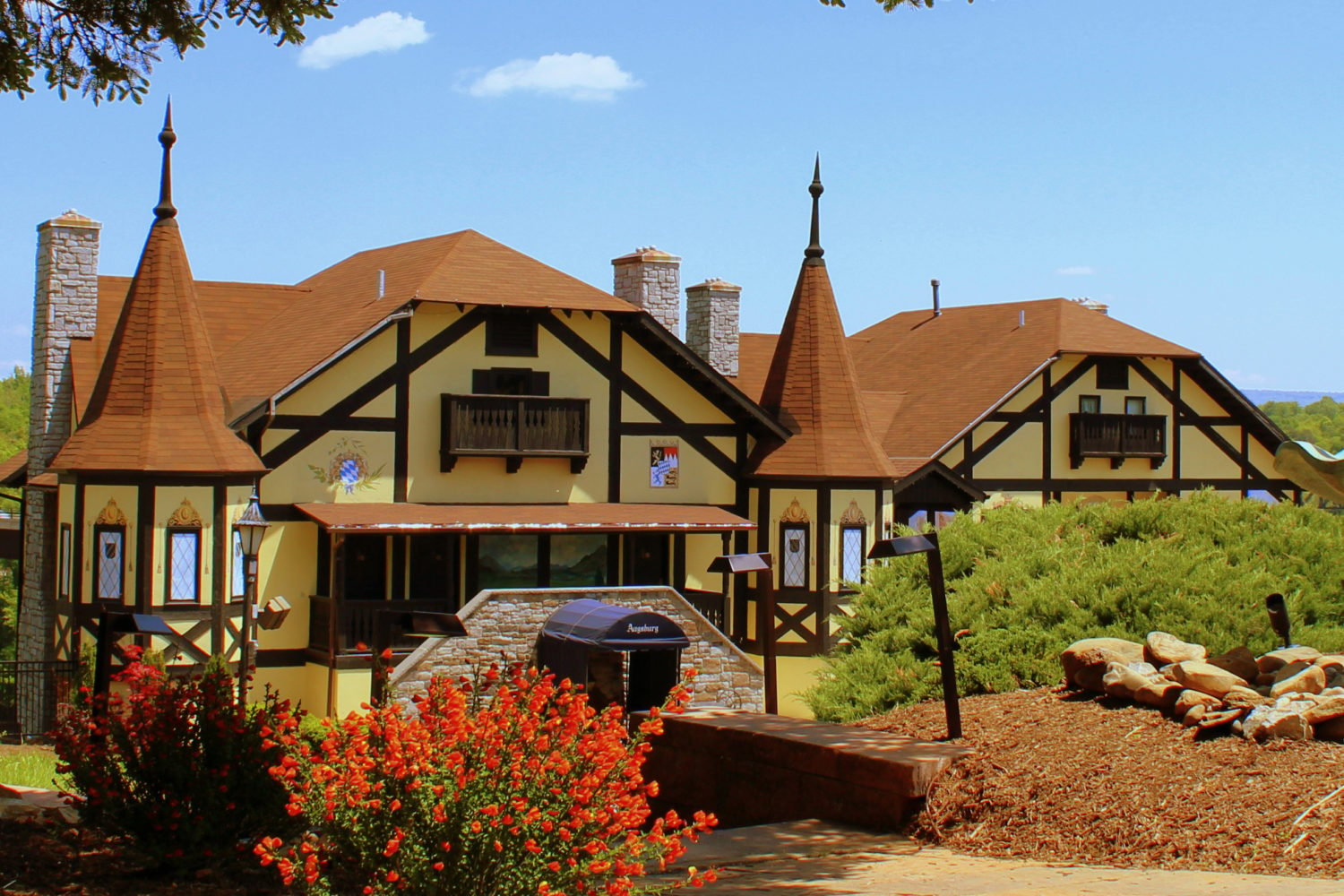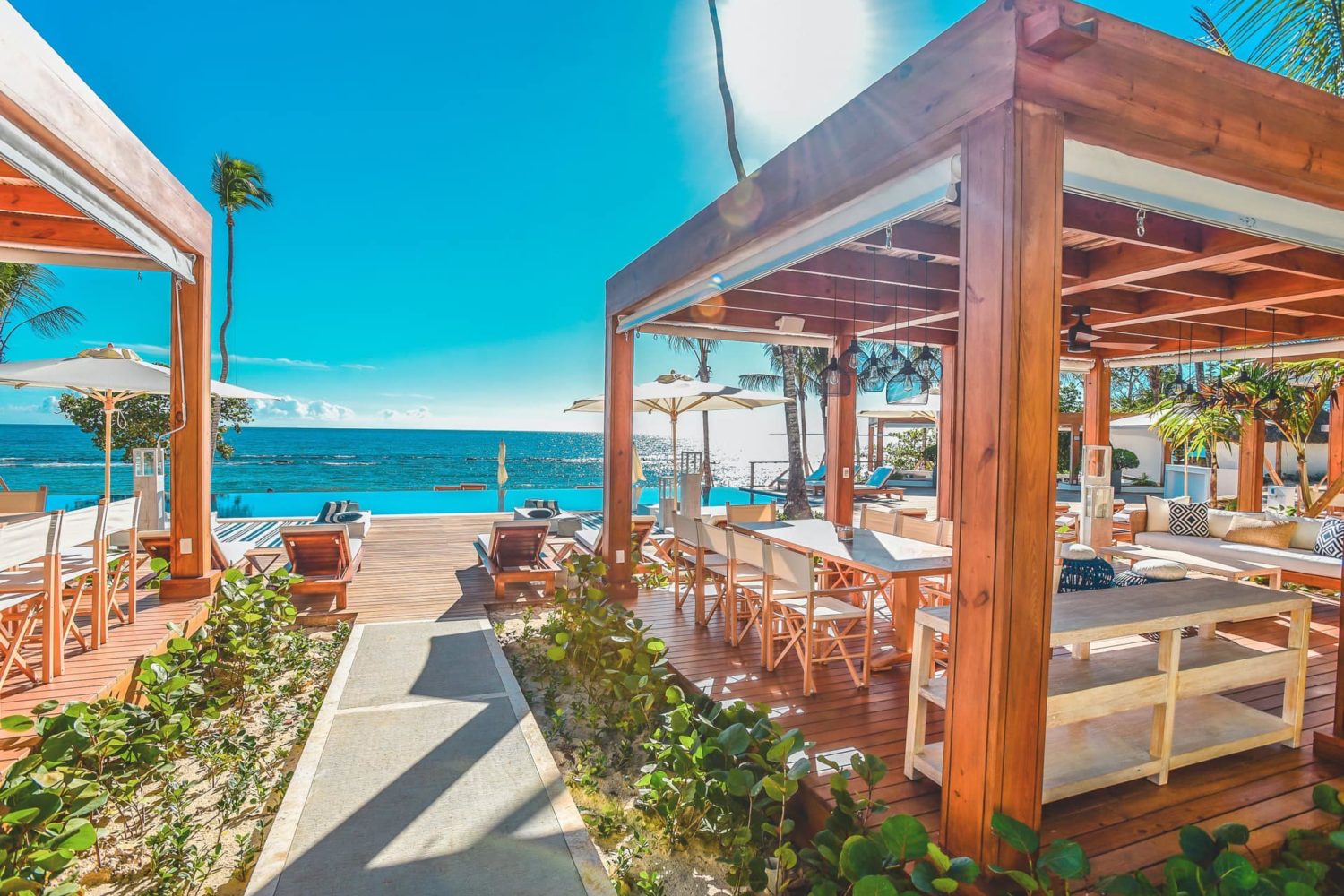The beauty and ease of the countryside stroll that is the Underground Railroad Trail in Sandy Spring belies the struggle represented by this pathway.
The flat, two-mile trail begins at Woodlawn Manor (16501 Norwood Rd.), an elegant red-brick Georgian-style house often rented for weddings. Grab a trail map at the kiosk (or download it before you go), then step into the woods. In the 1800s, runaway slaves used this forest as cover from trackers while heading north to the free town of Sandy Spring. One small sign identifies bramble patches where slaves often hid to avoid dogs. A hollowed-out tree served as another refuge. A small footbridge crosses a stream; as the path emerges into open fields, the sunshine on a clear summer day washes over you. Ahead lies the Sandy Spring, the source of both water and the town’s name. The trail ends at a road to Sandy Spring Friends Meeting House (17715 Meeting House Rd.), built in 1817 and still in use by area Quakers. An offshoot to the right leads to a 300-year-old white ash tree, identified by a historic marker.
For more information, go to under Park & Trail Directory, click on “trails.” You can walk the Underground Railroad Trail on your own; free 2½-hour guided walks are offered Saturday mornings.
Go Back to Our List of Great Walks ››
This article appears in our May 2015 issue of Washingtonian.

